Lake Erie, one of the most picturesque landscapes and important ecosystems in Western Pennsylvania, and nearby regions are at risk from aquatic invasive species. In the new film, “Seeing The Unseen: Aquatic Invaders & What’s at Stake,” executive produced by the Western Pennsylvania Conservancy’s Pennsylvania Natural Heritage Program staff, you’ll learn how hundreds of aquatic invasive species are negatively affecting Lake Erie and its watershed and nearby regions.
Invasive species – non-native species that do not occur naturally in an area and grow quickly and aggressively, out-competing native species for food, habitat and other limited resources – are threatening the health and biodiversity of this rich and important natural ecosystem. This film provides tangible actions we all can take to prevent the spread of invasives and protect Lake Erie and nearby regions.
Watch Now: Seeing The Unseen: Aquatic Invaders & What’s at Stake
Click the play button below to watch the 44-minute film: “Seeing The Unseen: Aquatic Invaders & What’s at Stake.” This film highlights the many negative impacts of aquatic invasive species on Lake Erie and its watershed and nearby regions, and the work being done to raise awareness about and mitigate the risks from invaders. A generous grant from the Great Lakes Restoration Initiative made this film possible.
“Caring about invasive species is for everyone! The film, ‘Seeing the Unseen: Aquatic Invaders & What’s At Stake,’ depicts how our favorite places to enjoy nature can be degraded when invasive species are introduced. We want people to know about precautions to avoid spreading them to their favorite lake or hiking spot.”
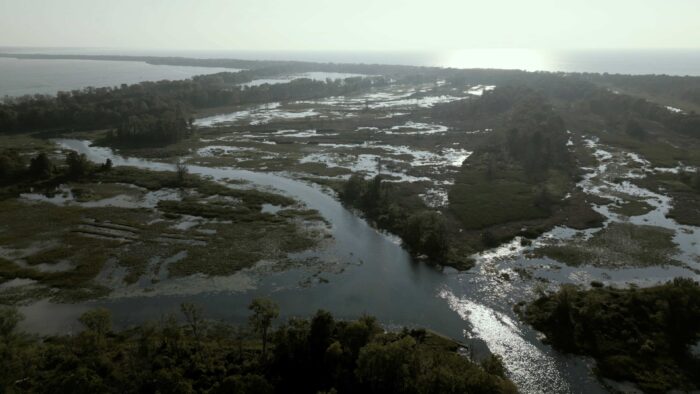
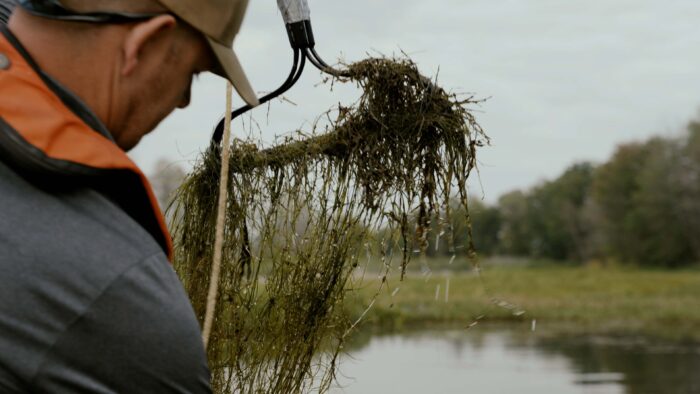
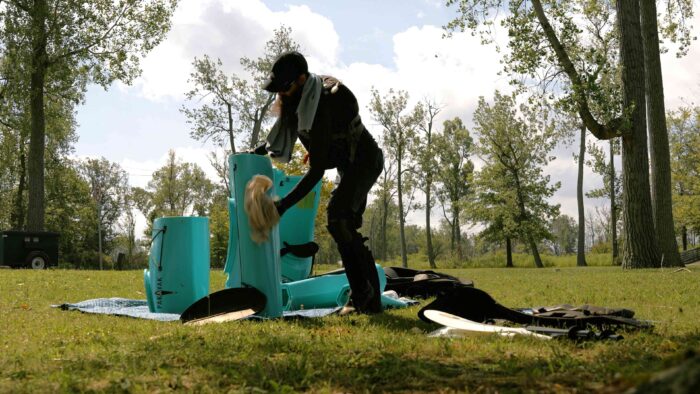
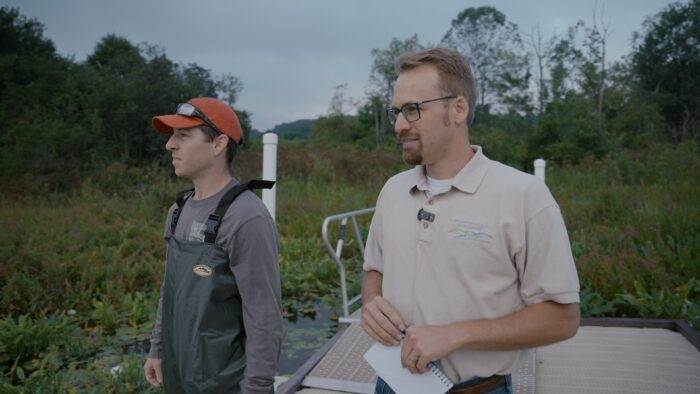
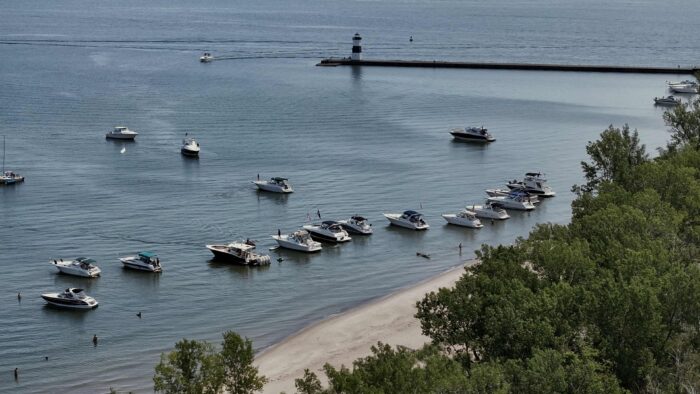
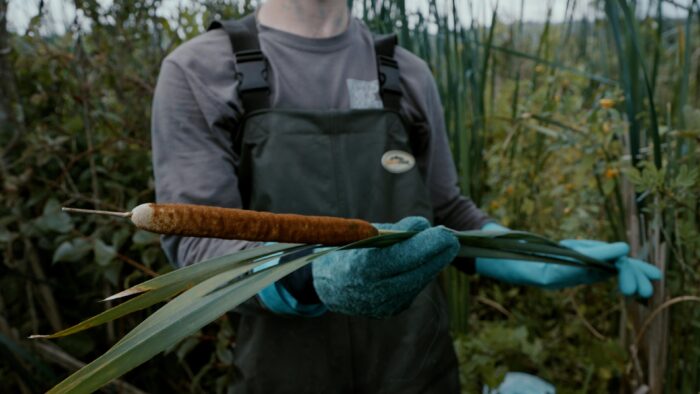
Connect With Our Experts or Schedule a Screening of This Film
For more information, or to request speakers or a screening opportunity for your community group or organization, please contact Mary Walsh at 814-689-1823 or mwalsh@paconserve.org.
Showing the film and holding a discussion? Download our Film Discussion Guide.
Meet the Creative Team
People and Places Featured on Screen
Sara Stahlman, PA Sea Grant
Jim Grazio, PhD, PA Dept. of Environmental Protection
- DCNR’s Presque Isle State Park: Casey gives a background on the threat of invasives on Presque Isle State Park from boating recreation and shares the importance of cleaning gear. Plus, Jim shares about the impact of starry stonewort in Presque Isle lagoons.
Sarah Sargent, PhD, Erie Bird Observatory
Andrew Harris, Ecological Field Services
Tyson Johnston, Land Stewardship Manager, Western Pennsylvania Conservancy
- WPC’s Lake Pleasant Conservation Area: Sarah talks about the many birding opportunities at the lake and Andrew and Tyson share the importance of protecting the wetlands and lake through invasive species management, especially to curb the spread of narrowleaf cattail.
Casey Bradshaw-Wilson, Ph.D, Watershed Conservation Research Center, Allegheny College
Greg Kedzierski, French Creek Valley Conservancy
Charles Bier, Conservation Scientist Emeritus, Western Pennsylvania Conservancy
- French Creek: One of the most biologically diverse waterways in Northeastern U.S. due to the presence of hundreds of rare fish and mussels, French Creek is threatened by the invasive round goby fish and other non-native species. Charles eloquently narrates about the importance of the creek, Casey shares more about the biological threat, and Greg reveals why so many anglers enjoy fly fishing along the creek.
Narrator
Charles Bier, Conservation Scientist Emeritus, Western Pennsylvania Conservancy
Executive Producers
Mary Walsh, Pennsylvania Natural Heritage Program Invertebrate Zoology Manager at the Western Pennsylvania Conservancy
Amy Jewitt, Pennsylvania Natural Heritage Program iMapInvasives Program Coordinator at the Western Pennsylvania Conservancy
Producers
This film is produced, written and directed by Emmy Award-winning production company Great Lakes Media & Film. Jessica Walsh is the film’s producer and writer and, her husband, Brendan Walsh, is the director of photography.
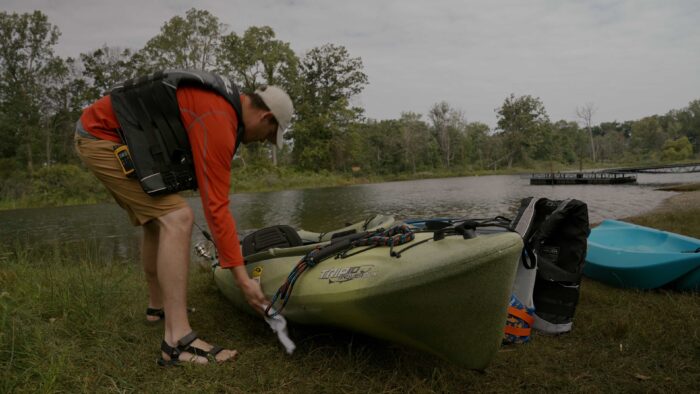
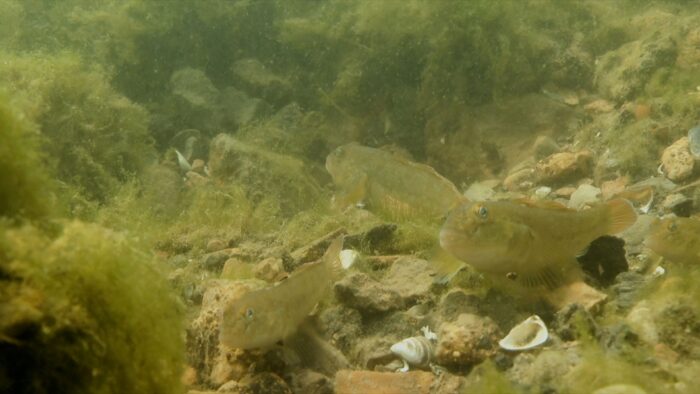
Be Part of The Solution
What you can do to prevent the spread of invasive species in Lake Erie and nearby regions
- Never release an unwanted pet or plant into the wild.
- Use PA iMapInvasives to report invasive species.
- Clean, drain and dry your boat, trailer, watercraft and gear (especially fishing and hunting gear, boots, clothing and waders).
- Properly dispose of all unused bait.
- Verify the bait you purchase is not an invasive species.
- Check pets for seeds, plant fragments and mud.
- Purchase plants native to your area for use in your garden or pond.
- Volunteer at events to remove invasive species.
- Learn other ways you can help control invasive species!
Use PA iMapInvasives to Report Sightings of Invasive Plants
Report invasive plants that escaped to natural environments to Pennsylvania iMapInvasives, a centralized reporting system. Be on the watch for early detection and high priority invasive plants, and learn what species are considered early detection and high priority by checking out the PA iMapInvasives website. By reporting your observations of invasive species to iMapInvasives, you are helping natural resource professionals and others understand their whereabouts in the state. This crucial information allows professionals to effectively prioritize future invasive species surveys and management efforts. PA IMapInvasives in managed by the Pennsylvania Natural Heritage Program at the Western Pennsylvania Conservancy.




